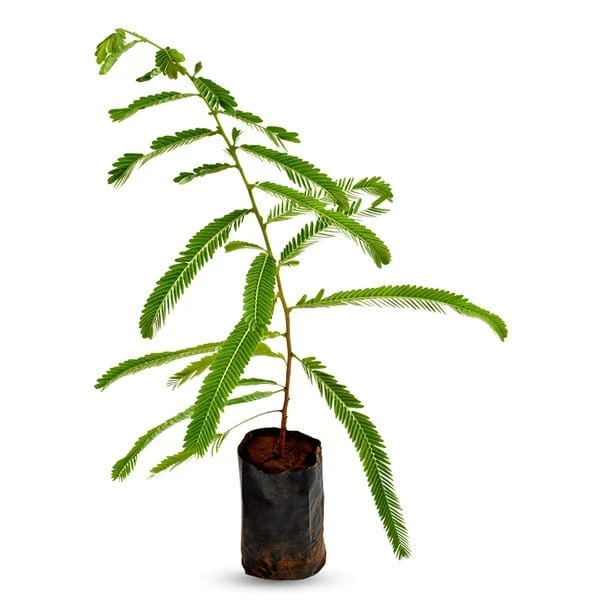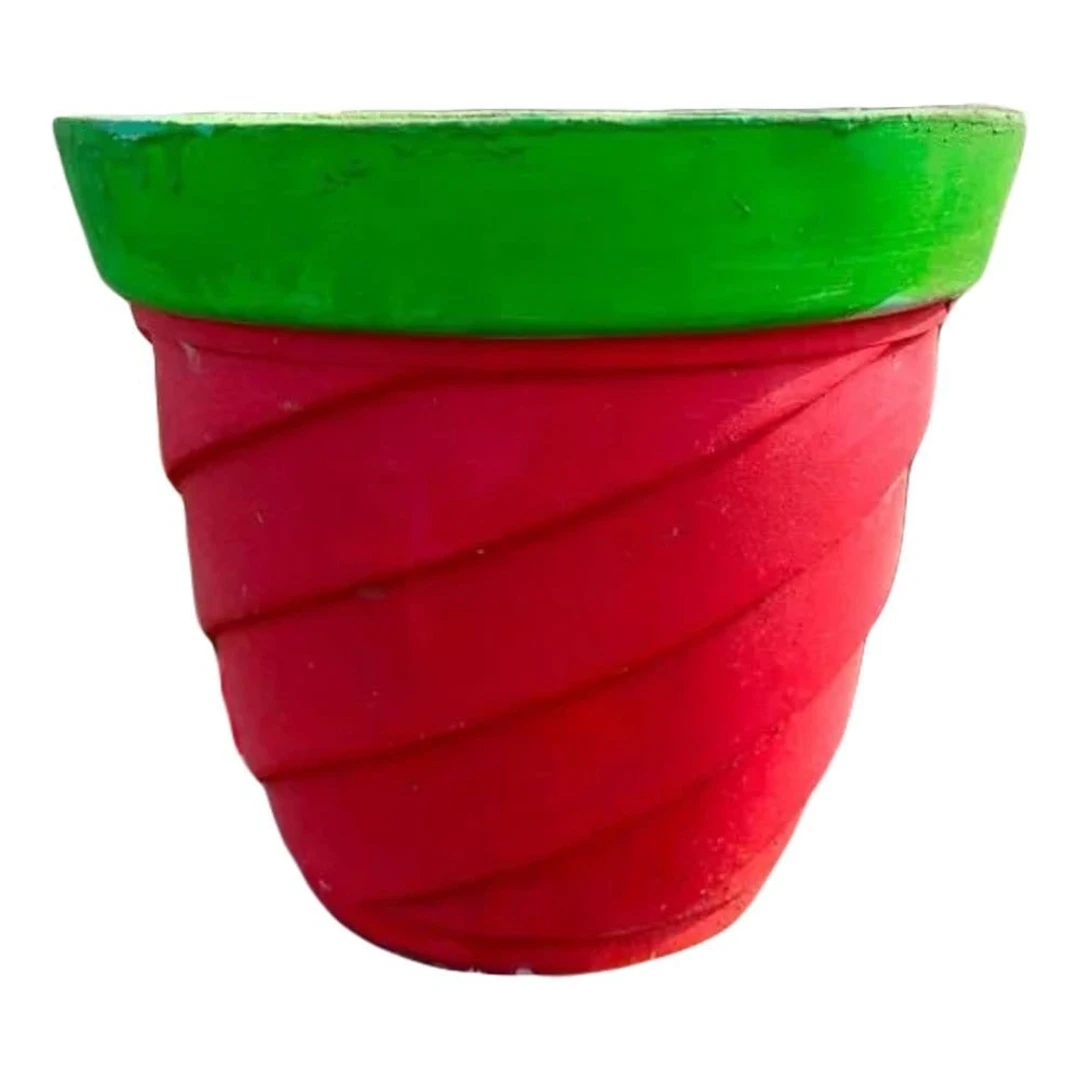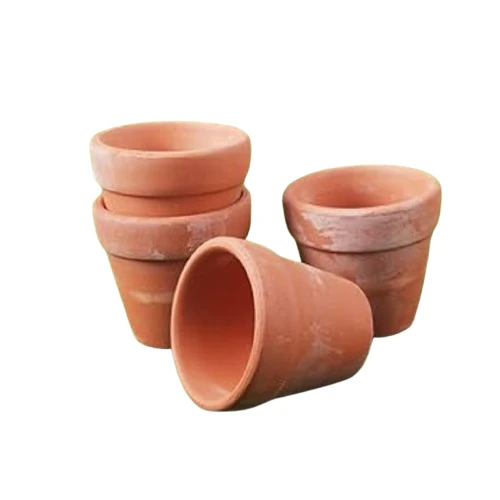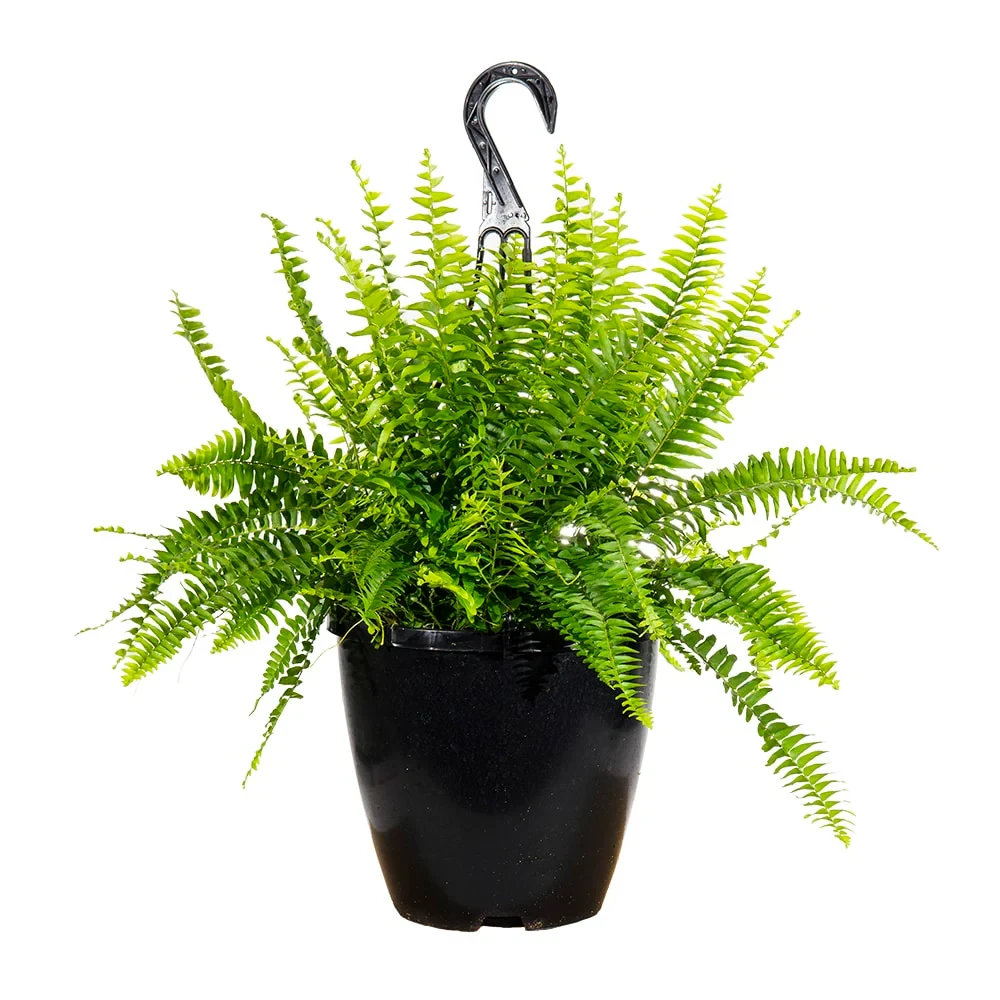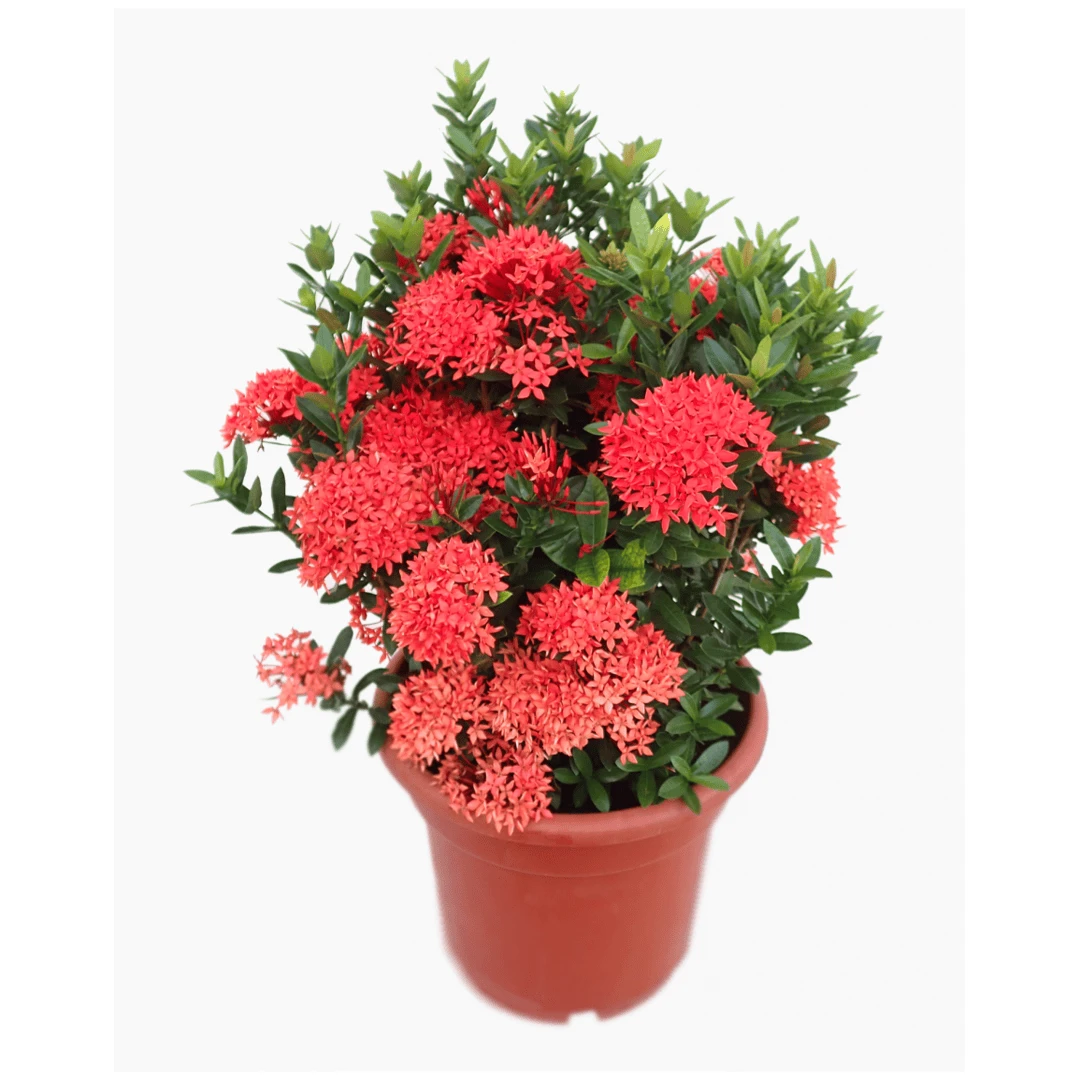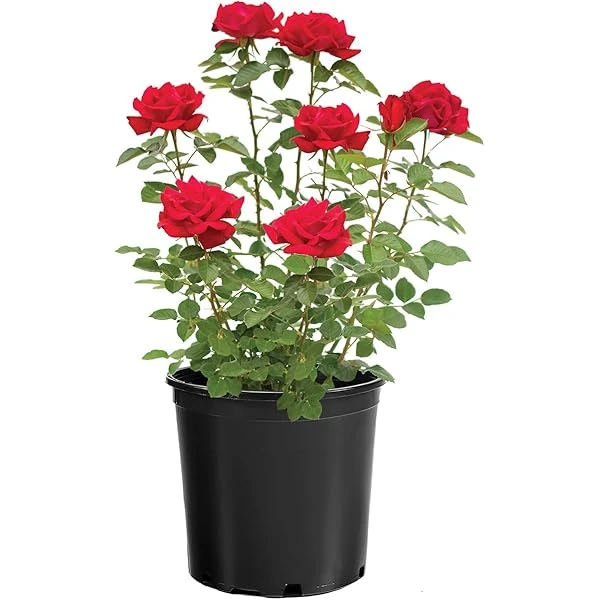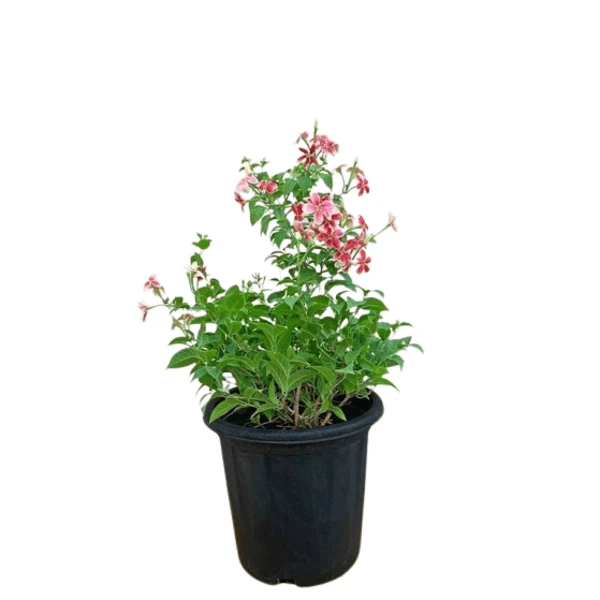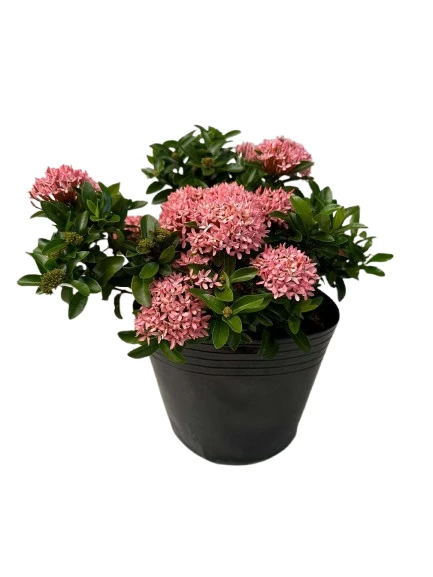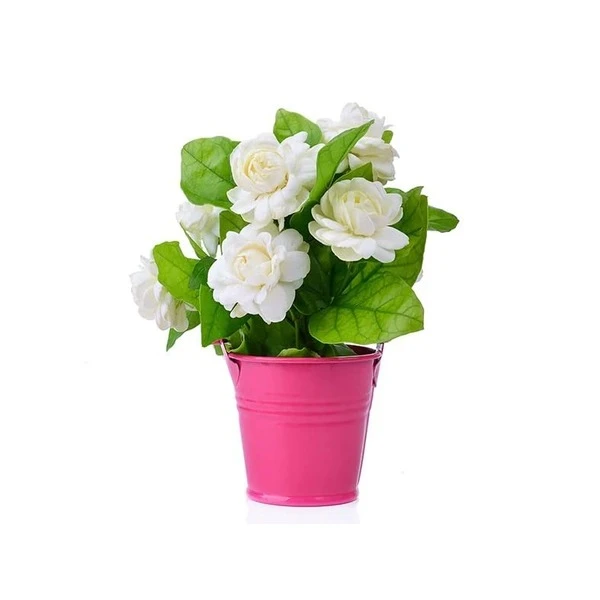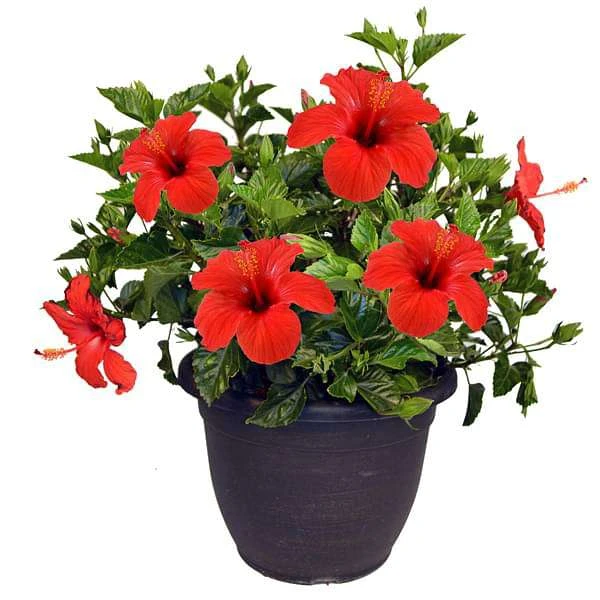The amla plant, scientifically known as Phyllanthus emblica, is a medium-sized deciduous tree, typically reaching 1-8 meters in height. It's a common sight in many parts of India and other tropical and subtropical regions.
Here's a more detailed description:
General Characteristics:
Size: Amla trees are relatively small to medium-sized, with heights ranging from 1 to 8 meters (3-26 feet).
Leaves: The leaves are simple, small, and closely packed along the branchlets, giving the tree a dense appearance. They are light green in color and sometimes mistaken for pinnate leaves due to their arrangement.
Branchlets: The branchlets are often thin and long, contributing to the tree's overall branching structure.
Flowers: The amla tree produces greenish-yellow flowers.
Fruits: The fruits are spherical, light greenish-yellow, and have a smooth, hard appearance with six vertical stripes or furrows.
Fruit Taste and Texture: Amla fruits are known for their sour, bitter, and astringent taste, and they are quite fibrous.
Harvest: Amla fruits are typically harvested by hand in autumn.
Other Notable Features:
Deciduous:
Amla trees are deciduous, meaning they lose their leaves during a specific season, usually the dry season.
Hardy:
Amla is a hardy plant and can tolerate a variety of soil conditions, including saline and alkaline soils.
Cultural Significance:
Amla has significant cultural and medicinal importance in India, being used in both traditional medicine and culinary preparations.
Nutritional Value:
Amla fruits are rich in vitamin C, iron, and antioxidants, making them a valuable source of nutrients.
In summary, the amla plant is a medium-sized deciduous tree with small, light green leaves, greenish-yellow flowers, and sour, fibrous, spherical fruits. It's a hardy plant found in various regions and has both cultural and medicinal significance.



